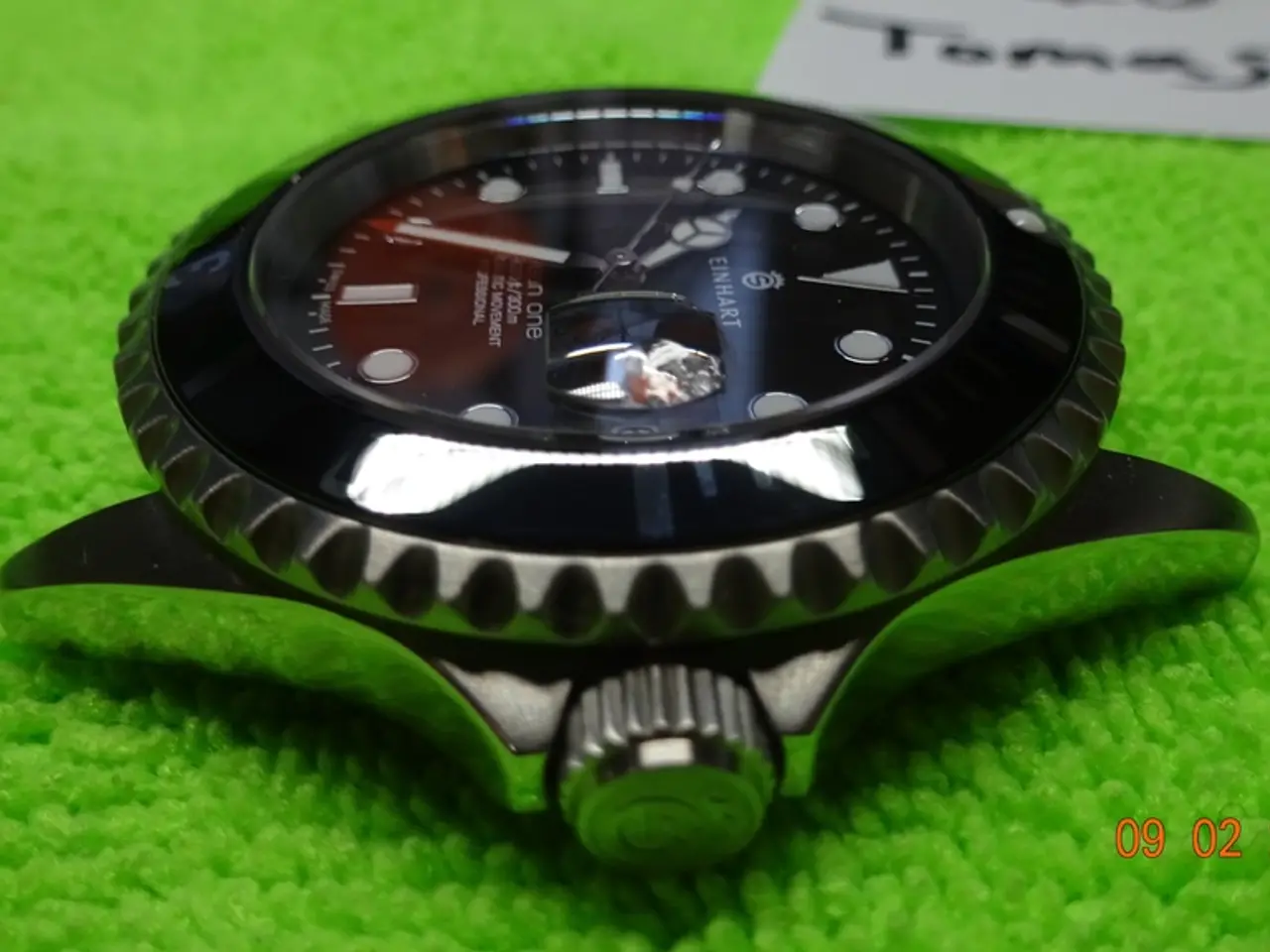Smartwatches Provide Insight into the Advancement of Parkinson's Disease
In a groundbreaking development, smartwatches and smartphones are now being utilised as powerful tools to monitor and detect changes in the progression of Parkinson's disease (PD). These devices, equipped with embedded sensors such as accelerometers and gyroscopes, track motor symptoms like tremors, rigidity, and bradykinesia, offering continuous data that can help clinicians detect subtle changes in symptoms missed during clinic visits.
Digital measures collected from these wearables provide objective, real-time, and continuous data, offering a more accurate reflection of a patient’s functional status and disease fluctuations. This information supports treatment optimisation by enabling neurologists to tailor medication regimens and therapeutic interventions more precisely, improving patient outcomes and quality of life.
Platforms like Koios Care’s AI-powered system collect and analyse smartwatch and smartphone data to generate digital biomarkers and predictive insights, aiding clinicians and researchers in monitoring disease progression remotely. This approach also facilitates better patient-clinician communication.
The cost-effectiveness and accessibility of consumer smartwatches and smartphones make them ideal for integration into routine clinical practice and large-scale research. Datasets generated through these wearables, such as those collected in PD movement tracking studies, are valuable for developing digital biomarkers that can quantify disease severity and progression objectively.
Recent research, published in the journal njp Parkinson's Disease, has shown that an Apple Watch paired with an iPhone can detect changes in Parkinson's symptoms over time in individuals in the early stages of the disease. The study, named WATCH-PD, followed participants with early-stage Parkinson's for 12 months, with additional information collected through tasks such as finger tapping and voice recording to measure speech-related symptoms.
Jamie Adams, MD, an associate professor of Neurology at the University of Rochester Medical Center, the Center for Health + Technology, and lead author of the study, stated that digital assessments from smartwatches and smartphones could help evaluate the efficacy of future therapies for Parkinson's disease. The study, designed to replicate a multi-center clinical trial in individuals with early and untreated Parkinson's disease, demonstrated that smartwatches and smartphones could detect differences between individuals with early, untreated Parkinson's and age-matched controls.
The ability to better understand and monitor Parkinson's disease through wearable technologies could speed up the approval of new therapies for the disease. In recognition of its significance, the WATCH-PD study has recently been extended with support from the Michael J. Fox Foundation and will follow participants for an additional 18 months.
Diane Stephenson, PhD, executive director of Critical Path for Parkinson's consortium and co-author of the study, stated that the project is serving as a precedent for other disease areas to follow. The research was supported with funding from Biogen, Takeda, and the members of the Critical Path for Parkinson's Consortium, involving the participation and input from the pharmaceutical industry, regulators, investigators, and individuals with the disease.
Parkinson's is a complex disease with symptoms and progression varying widely from patient to patient. Despite this, the ability to monitor the disease continuously through wearable technology offers a promising avenue for improving patient care and accelerating research in the field.
- The integration of science, specifically advanced technology in devices like smartwatches and smartphones, has opened new possibilities for the health-and-wellness sector, particularly in monitoring and detecting medical-conditions such as Parkinson's disease (PD).
- The digital data collected from these devices, including accelerometers, gyroscopes, and touch screen interactions, is being used to create digital biomarkers that can help in understanding neurological-disorders like PD, offering a more accurate picture of a patient's health.
- Fitness-and-exercise routines, speech-related tasks, and other health-related activities can be tracked using these devices, providing comprehensive data that supports treatment optimisation for Parkinson's disease, thus improving patient outcomes and quality of life.
- The use of smartphones and smartwatches as tools for health-and-wellness may also extend to the mental-health sector, with potential for development of digital biomarkers that quantify symptoms and disease progression in various mental health conditions.
- The growing field of health-and-wellness technology relies heavily on nutrition and gadgets to gather data, paving the way for breakthroughs in correct diagnosis, treatment, and overall understanding of Parkinson's disease and other medical-conditions.




